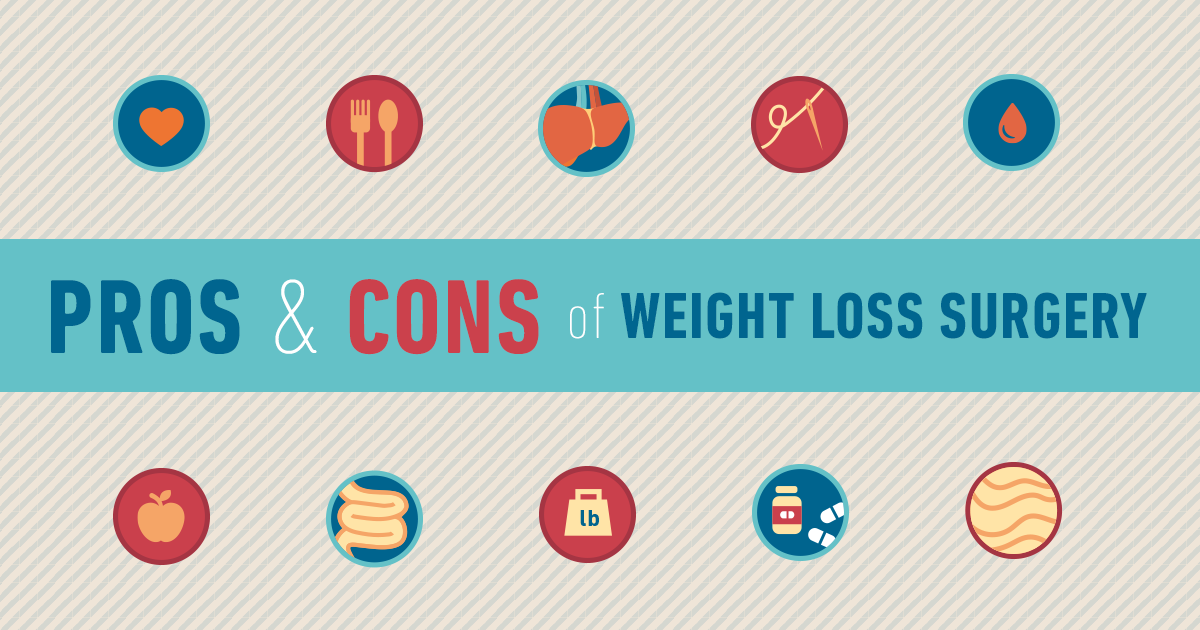What Are The Differences And Similarities In Between SMILE Eye Surgery And LASIK And PRK?
What Are The Differences And Similarities In Between SMILE Eye Surgery And LASIK And PRK?
Blog Article
Web Content By-Fischer Sander
If you've been taking into consideration SMILE eye surgical procedure, you could wonder how it stacks up against LASIK and PRK. Each treatment has its own set of advantages and factors to consider. From quicker recuperation times to possible dangers, there are essential distinctions you need to be aware of prior to deciding. Comprehending these differences will assist you make an enlightened selection that lines up with your certain requirements and assumptions. Interested to know more concerning how these treatments contrast in detail? Keep on exploring to gain a detailed understanding of SMILE, LASIK, and PRK.
SMILE Eye Surgery Introduction
If you're thinking about SMILE eye surgery, you'll find it to be a minimally intrusive treatment with a quick recuperation time. During SMILE (Little Laceration Lenticule Extraction), a laser is utilized to create a small, precise cut in the cornea to get rid of a little piece of tissue, improving it to fix your vision. Pterygium Surgery Recovery differs from LASIK, where a flap is created, and PRK, where the outer layer of the cornea is entirely removed.
One of the crucial advantages of SMILE is its minimally invasive nature, resulting in a faster healing procedure and much less discomfort post-surgery. The recuperation time for SMILE is relatively quick, with lots of people experiencing boosted vision within a day or 2. This makes it a popular selection for those seeking a convenient and effective vision correction treatment. Furthermore, SMILE has actually been shown to have a lower threat of dry eye disorder contrasted to LASIK, making it a beneficial option for people concerned regarding this prospective side effect.
Distinctions In Between SMILE, LASIK, and PRK
When comparing SMILE, LASIK, and PRK eye surgical treatments, it is very important to recognize the unique strategies used in each procedure for vision modification.
SMILE (Tiny Cut Lenticule Removal) is a minimally intrusive treatment that includes producing a little laceration to extract a lenticule from the cornea, improving it to deal with vision.
LASIK (Laser-Assisted In Situ Keratomileusis) involves producing a slim flap on the cornea, making use of a laser to reshape the underlying cells, and after that repositioning the flap.
PRK (Photorefractive Keratectomy) eliminates the outer layer of the cornea before reshaping the cells with a laser.
The main distinction hinges on the method the cornea is accessed and dealt with. SMILE is flapless, making it an excellent choice for people with thin corneas or those involved in get in touch with sporting activities. LASIK provides quick visual healing as a result of the flap creation, yet it may posture a higher risk of flap-related difficulties. PRK, although having a longer recuperation period, prevents flap-related issues entirely.
Understanding these differences is crucial in choosing one of the most suitable treatment for your vision correction needs.
Advantages And Disadvantages Contrast
To assess the advantages and downsides of SMILE, LASIK, and PRK eye surgical treatments, it's important to take into consideration the certain advantages and prospective constraints of each procedure. SMILE surgical treatment provides the benefit of a minimally invasive procedure, with a smaller laceration and possibly quicker recovery time compared to LASIK and PRK. It likewise reduces the risk of completely dry eye post-surgery, a common side effect of LASIK. Nevertheless, SMILE might have restrictions in dealing with greater degrees of nearsightedness or astigmatism contrasted to LASIK.
LASIK surgery provides quick aesthetic healing and marginal discomfort throughout the procedure. cataract surgery in the 80s 's very reliable in dealing with a large range of refractive errors, consisting of myopia, hyperopia, and astigmatism. Yet, Read Home Page carries a threat of flap difficulties, which can affect the corneal framework.
PRK eye surgery, while not as popular as LASIK, avoids creating a corneal flap, reducing the risk of flap-related difficulties. It appropriates for individuals with thin corneas or uneven corneal surface areas. Nonetheless, PRK has a much longer recuperation time and might entail much more pain during the healing process.
Conclusion
So, when it comes to picking between SMILE, LASIK, and PRK, consider it like selecting the excellent pair of shoes. SMILE resembles a smooth, comfy pair of tennis shoes - quick and very easy.
LASIK is a lot more like stylish high heels - showy and fast, yet with some prospective risks.
PRK is like tough hiking boots - dependable and durable, but needing a little bit even more effort and time.
Eventually, the very best selection depends upon your individual needs and preferences.
